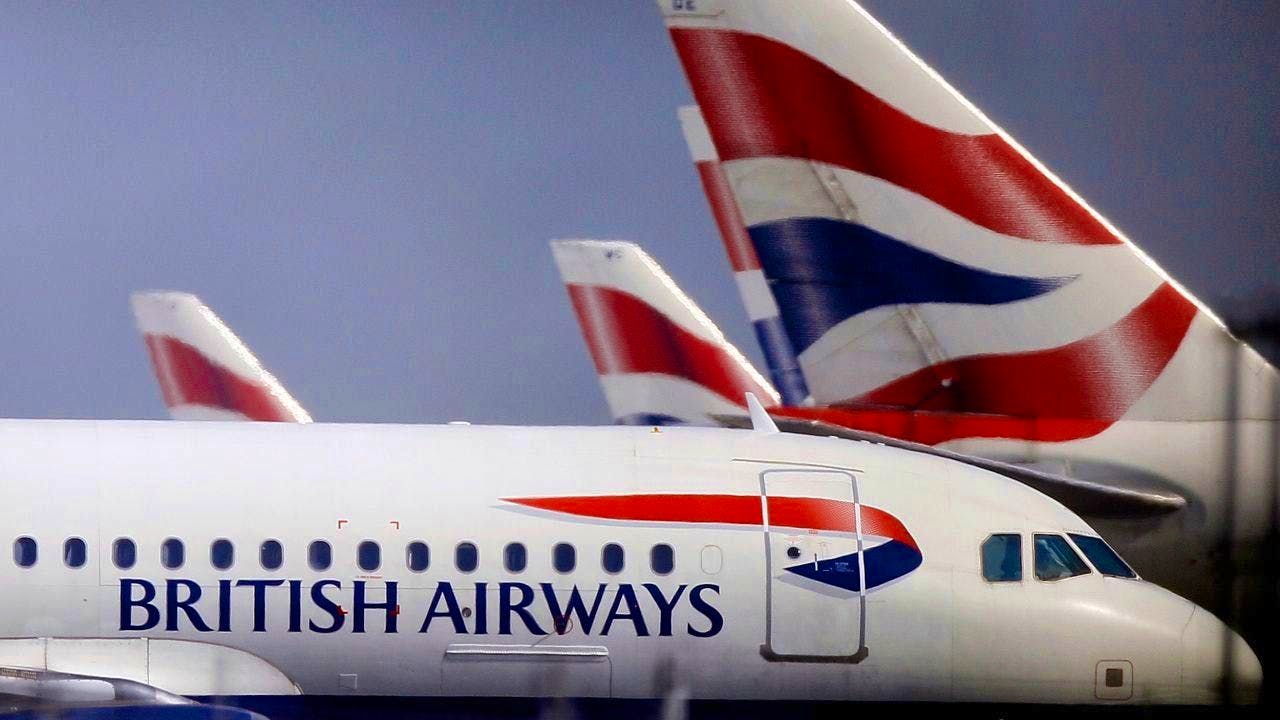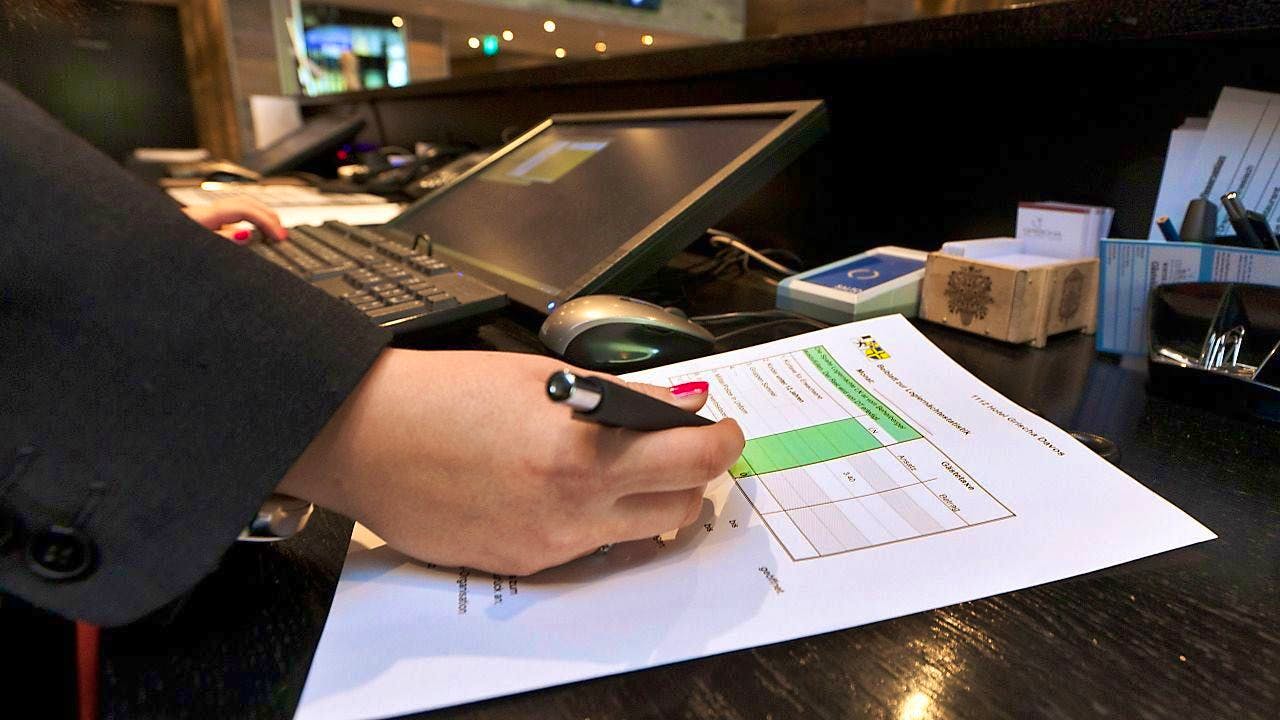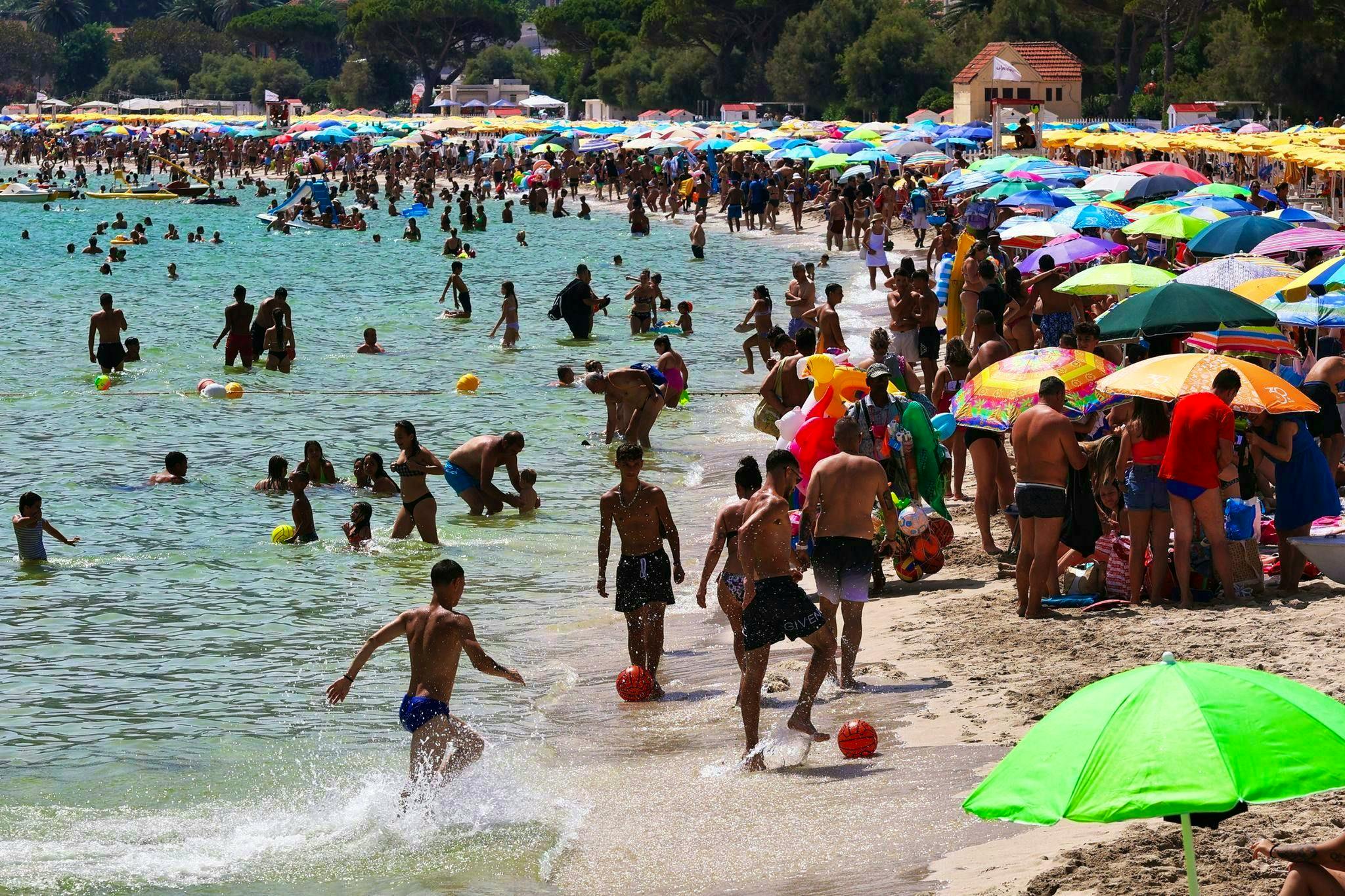After a test run Venice wants to charge double admission in future
SDA
12.7.2024 - 07:33

For one month, tourists had to pay an entrance fee in Venice. The measure did not bring the desired relief. Nevertheless, the principle is to be continued - with even higher sums.
No time? blue News summarizes for you
- Venice has a problem with mass tourism.
- In order to keep the number of visitors down, the city charged an entrance fee of 5 euros in a test run.
- Although the measure had hardly any effect on the number of tourists, it is to be maintained.
- On days when Venice's capacities reach their limits, it will be possible to charge up to ten euros.
- The test run generated two million euros for the city.
Now that the world's first test with a fee for day visitors has come to an end, Venice wants to continue charging admission in the future - but no longer five euros, but up to twice as much.
The trial comes to an end this weekend after a total of 29 days. From next year, visitors will have to pay up to ten euros if the lagoon city on the Italian Adriatic is particularly crowded.
Michele Zuin, the city councillor responsible for finances, announced in the local newspaper "Il Gazzettino" that a "basic tariff" would apply on certain days from 2025. He did not yet comment on the exact amount.
Up to ten euros admission possible
On "critical days", however, a maximum tariff of ten euros (CHF 9.75) will have to be paid. "In this way, we hope to discourage people from coming," said the local politician.
The city still wants to take its time with an official assessment after the last two test days on Saturday and Sunday. The data collected will be evaluated first.
However, despite criticism from the public, the basic procedure has already been decided: the test is to become a permanent regulation - not on every day of the year, but during busy periods.
"No tragedy if tourists pay more"
All in all, Venice collected more than two million euros with the new fee. On some days, more than 25,000 paying guests were registered. There are no reliable estimates of how many tourists managed to avoid paying the five euros.
One thing is certain, however: the actual goal - to limit mass tourism, from which Venice suffers more than almost any other city - was not achieved.
City treasurer Zuin admitted that there had been "no major deterrent effects". But nobody had expected that either. "It will be different when the ten-euro maximum limit applies on days when a critical attendance threshold is reached for the city."
Tourism councillor Simone Venutini said: "Venice is still too cheap. It's not a tragedy if tourists pay more."
Safety measure or money-making scheme?
Federica Toninello, spokesperson for the Assembly of the House of Venice, on the other hand, told the television station Rai about the experience so far: "It has brought money into the municipality's coffers, but it hasn't worked."
US author Donna Leon, whose Venice crime novels have become global successes, told the German Press Agency: "The authorities don't want it to work: they don't want to stop tourism. They want to make money from the visitors." Leon has long since given up her domicile in Venice.
The regulation was in place for a total of 29 days. In principle, five euros were charged for entry between 8.30 am and 4 pm. You could get a QR code online and download it onto your cell phone. Failure to do so could result in a fine of up to 300 euros - but nobody actually had to pay that much.
More guest beds than inhabitants
With an estimated 15 million visitors a year, Venice is one of the most visited cities in the world. Mass tourism brings a lot of money into the coffers, but also causes considerable damage.
Today, there are no longer 50,000 permanent residents living in the center with its hundreds of canals. Instead, there are more than 50,000 guest beds. On many days, it is almost impossible to get through the narrow streets around St. Mark's Square and the Rialto Bridge.
Last year, the city was on the verge of being placed on the Red List of World Heritage in Danger by the United Nations. This was also prevented with the help of the fee.
There were a whole series of exceptions: Locals, hotel guests and children under the age of 14, for example, have not had to pay anything so far. This is to remain the case.
SDA


